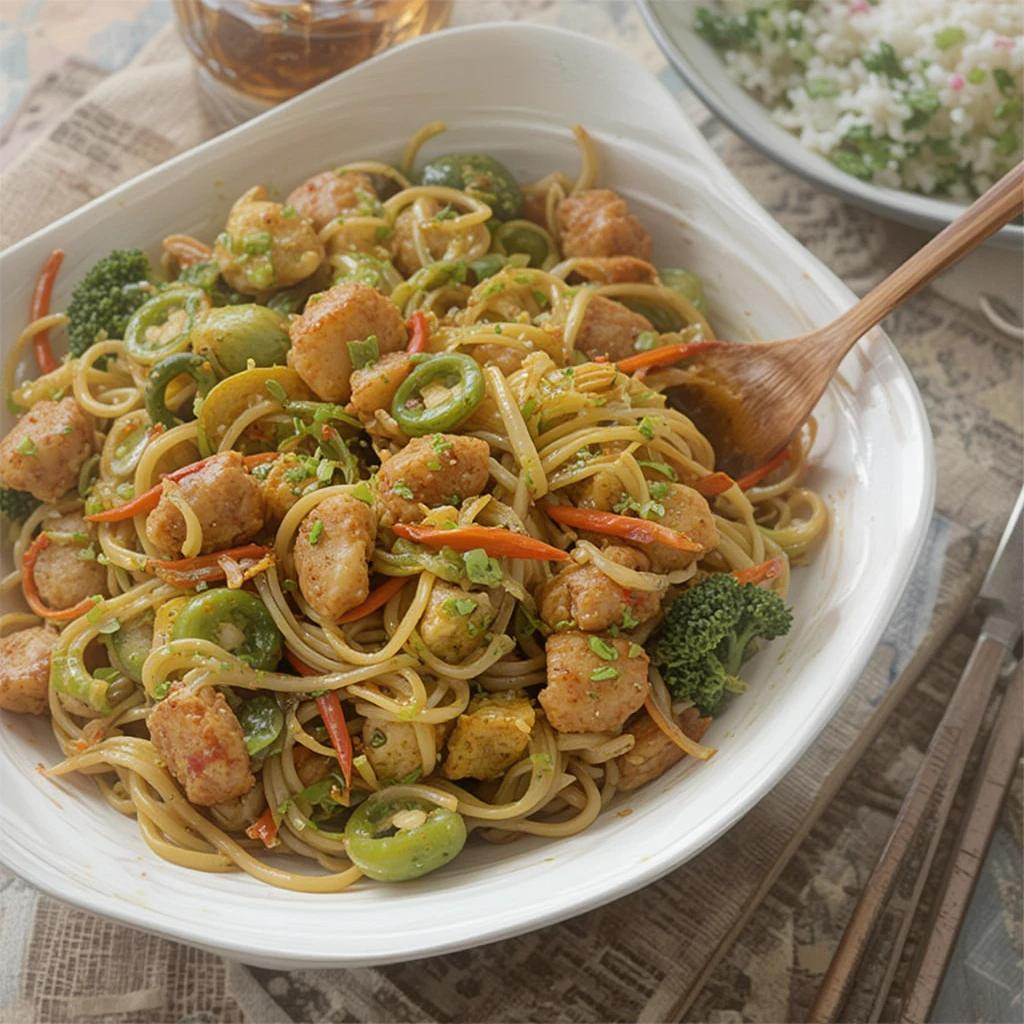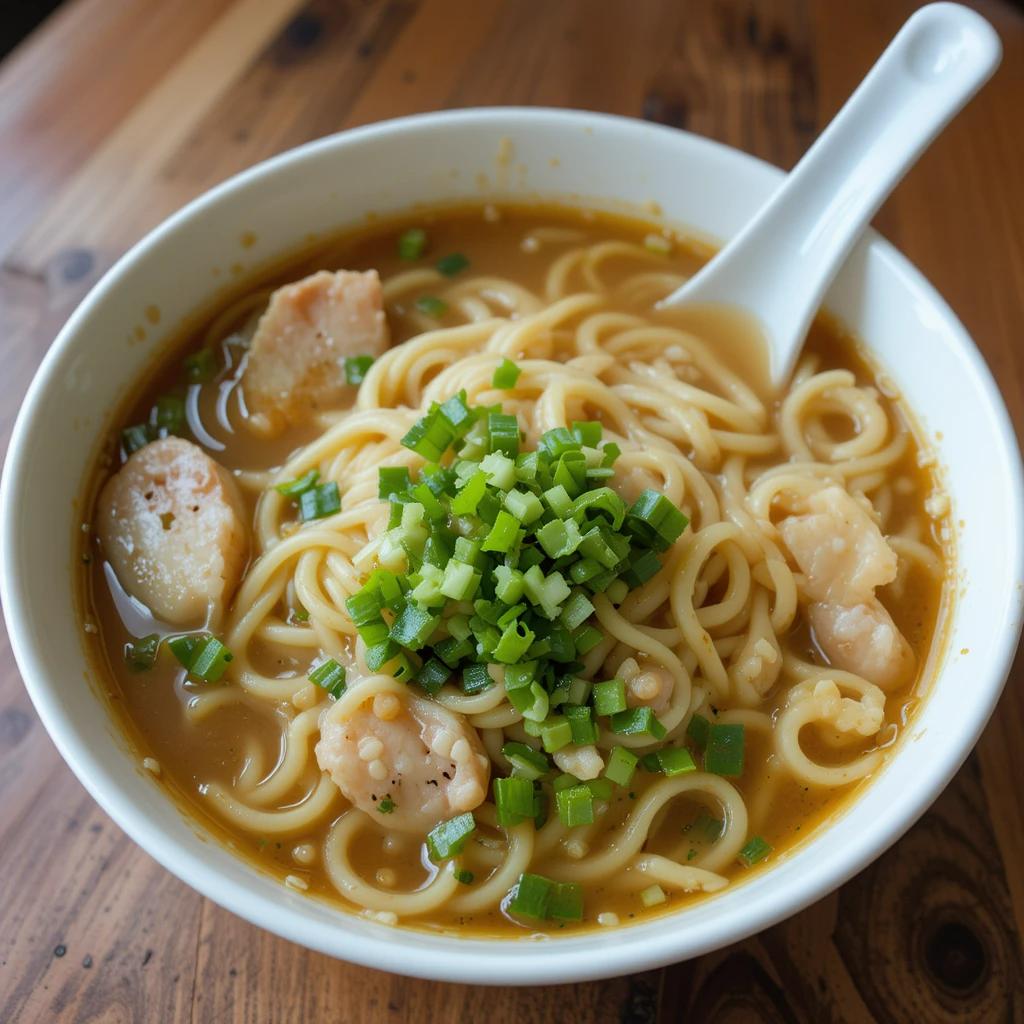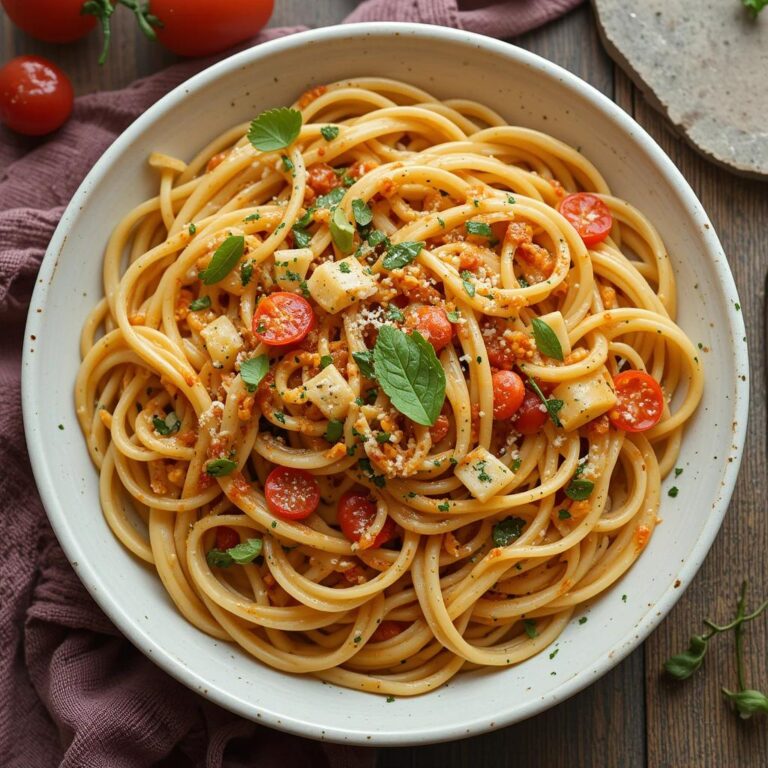Skinny pasta is revolutionizing healthy eating, offering a low-calorie, high-fiber alternative to traditional pasta. Made from the konjac root, a fiber-rich plant native to Asia, this innovative noodle is perfect for health-conscious individuals, those on specialized diets, and anyone looking to enjoy their favorite dishes without the guilt. With just 9 calories per serving and zero net carbs, skinny pasta is ideal for keto, vegan, and gluten-free lifestyles.
Also known as shirataki noodles, skinny pasta has been a staple in Asian cuisine for centuries. The konjac root is processed into a flour-like substance, which is then used to create the noodles. These noodles are virtually calorie-free and contain glucomannan, a soluble fiber that promotes satiety, aids digestion, and supports overall health.
Skinny pasta is available in various shapes and sizes, including spaghetti, fettuccine, and rice, making it a versatile option for a wide range of dishes. Its neutral flavor allows it to absorb the taste of sauces and seasonings, making it a perfect substitute for traditional pasta in almost any recipe.
In this guide, we’ll explore the origins, nutritional benefits, and cooking techniques of skinny pasta, providing you with all the information you need to incorporate this revolutionary noodle into your diet. Whether you’re looking to manage your weight, improve digestion, or simply enjoy a healthier version of your favorite pasta dishes, skinny pasta is a game-changer.
Table of Contents
What Is Skinny Pasta?
Skinny pasta, also known as shirataki noodles, is crafted from the konjac root, a fiber-rich plant native to Asia. These noodles are virtually calorie-free, making them an excellent choice for weight management and dietary diversity.
The konjac root has been used in traditional Asian cuisine for centuries, particularly in Japan, where it is known as shirataki (meaning “white waterfall”) due to its translucent appearance. The root is processed into a flour-like substance, which is then used to create the noodles.
Skinny pasta is available in various shapes and sizes, including spaghetti, fettuccine, and rice, making it a versatile option for a wide range of dishes. Its neutral flavor allows it to absorb the taste of sauces and seasonings, making it a perfect substitute for traditional pasta in almost any recipe.
If you’re looking for more healthy recipe ideas, explore dishes like marry me chicken pasta, where traditional recipes meet modern twists.
Why Skinny Pasta Is a Game-Changer
Nutritional Benefits
Skinny pasta is celebrated for its impressive nutritional profile:
- Low Calories: Only 9 calories per serving, making it one of the lowest-calorie pasta alternatives on the market.
- High Fiber: Contains glucomannan, a soluble fiber that aids digestion and promotes satiety.
- Zero Net Carbs: Ideal for low-carb and keto diets, as it contains no digestible carbohydrates.
- Zero Fat and Zero Sugar: A lean and healthy option for those looking to reduce their fat and sugar intake.
Compared to traditional pasta, which can have over 200 calories per serving, skinny pasta is a revolutionary product that allows you to enjoy your favorite meals without the extra calories or carbs.
Versatility for Special Diets
Skinny pasta fits seamlessly into various dietary needs:
- Keto-Friendly: Supports low-carb and high-fat meal plans, making it a staple for keto dieters.
- Gluten-Free: Free from wheat, starch, and common allergens, making it safe for individuals with celiac disease or gluten sensitivity.
- Vegan Approved: A 100% plant-based option that aligns with vegan dietary preferences.
This versatility makes skinny pasta an inclusive option for individuals with diverse nutritional needs, allowing them to enjoy pasta dishes without compromising their dietary goals.
For more on adapting recipes for health-conscious diets, visit our guide on garlic parmesan chicken pasta bake.
The Health Benefits of Skinny Pasta
1. Weight Management
One of the most significant benefits of skinny pasta is its potential to aid in weight management. The high fiber content of glucomannan promotes satiety, helping you feel full for longer periods. This can reduce overeating and snacking between meals, making it easier to maintain a calorie deficit.
Studies have shown that glucomannan can absorb water and expand in the stomach, creating a feeling of fullness that lasts for hours. This makes skinny pasta an excellent choice for anyone looking to lose weight or maintain a healthy weight.
2. Improved Digestion
The soluble fiber in konjac root acts as a prebiotic, supporting the growth of beneficial gut bacteria. This can improve digestive health and regularity, reducing issues such as bloating, constipation, and irregular bowel movements.
Additionally, glucomannan has been shown to help regulate bowel movements, making it a valuable tool for individuals with digestive disorders such as irritable bowel syndrome (IBS).
3. Stabilized Blood Sugar Levels
Due to its low glycemic index, skinny pasta helps maintain steady blood sugar levels, making it an excellent choice for individuals with diabetes or insulin resistance. Unlike traditional pasta, which can cause rapid spikes in blood sugar, skinny pasta is digested slowly, providing a steady release of energy without the associated blood sugar fluctuations.
4. Heart Health
The konjac root used in skinny pasta has been shown to help lower cholesterol levels, particularly LDL (bad) cholesterol. By incorporating skinny pasta into your diet, you may be able to support heart health and reduce the risk of cardiovascular diseases.
Glucomannan has also been linked to improved blood pressure levels, further enhancing its cardiovascular benefits.
5. Dietary Flexibility
Skinny pasta is suitable for a variety of dietary preferences, including keto, vegan, gluten-free, and low-calorie diets. This makes it an inclusive option for individuals with diverse nutritional needs, allowing them to enjoy pasta dishes without compromising their dietary goals.
Looking for creative meal ideas? Check out easy gluten-free dinners for family to combine taste and nutrition effortlessly.
How to Cook Skinny Pasta
Cooking skinny pasta is quick and easy, but there are a few key steps to ensure the best texture and flavor:
Step 1: Rinse
Drain the noodles and rinse them thoroughly under running water to remove the natural konjac smell. This step is essential for improving the flavor of the noodles.
Step 2: Boil
Parboil the noodles for 2–3 minutes to enhance their texture. This step helps soften the noodles and prepare them for your chosen recipe.
Step 3: Dry Roast
Toss the noodles in a dry pan for 1–2 minutes to eliminate excess moisture. This step is crucial for achieving the perfect texture and preventing the noodles from becoming too watery.
Once cooked, skinny pasta can be used in a variety of dishes, from stir-fries to soups, and paired with a wide range of sauces and ingredients.

Skinny Pasta Recipes to Try
1. Skinny Noodle Stir-Fry
- Ingredients: Shirataki noodles, bell peppers, broccoli, soy sauce, garlic, and sesame oil.
- Steps: Stir-fry vegetables, add noodles, and toss with soy sauce and sesame oil.
2. Low-Carb Alfredo
- Ingredients: Skinny pasta, heavy cream, parmesan cheese, and garlic.
- Steps: Prepare Alfredo sauce and toss with noodles for a creamy, guilt-free dish.
3. Asian-Inspired Noodle Bowl
- Ingredients: Skinny pasta, miso broth, tofu, and green onions.
- Steps: Combine miso broth with noodles, garnish with tofu and scallions.
For pasta alternatives, explore our flavorful ditalini pasta recipes for fresh takes on classic dishes.

Common Skinny Pasta Mistakes
To get the most out of your skinny pasta experience, avoid these common mistakes:
1. Skipping the Rinse
Always rinse the noodles thoroughly to remove the natural konjac smell and improve their flavor.
2. Overcooking
Keep cooking time short to avoid rubbery textures. Skinny pasta cooks quickly, so be mindful of the time to achieve the perfect consistency.
3. Heavy Sauces
Pair skinny pasta with light, fresh sauces to complement its delicate texture. Heavy sauces can overwhelm the noodles and detract from their unique qualities.
The Skinny Pasta Market
1. Top Brands
Brands like It’s Skinny lead the market with innovative options such as spaghetti, fettuccine, and rice. These products are designed to cater to health-conscious consumers and are widely available in grocery stores and online.
2. Sustainability
Konjac root farming is eco-friendly, supporting sustainable agriculture. By choosing skinny pasta, you’re not only making a healthy choice for yourself but also contributing to a greener planet.
FAQs About Skinny Pasta
1. What Is Skinny Pasta Made Of?
Skinny pasta is made from the konjac root, a fiber-rich tuber native to Asia.
2. How Does Skinny Pasta Taste?
Skinny pasta has a neutral flavor that absorbs the taste of sauces and seasonings beautifully.
3. Can Skinny Pasta Help with Weight Loss?
Yes, its low-calorie, high-fiber content makes it ideal for weight management.
4. Is Skinny Pasta Safe for Kids?
Yes, it’s a healthy option for children, especially those with dietary restrictions.
Conclusion
Skinny pasta is more than just a health trend—it’s a sustainable, delicious, and versatile alternative to traditional noodles. With its low-calorie, high-fiber benefits, it supports a range of dietary goals, from weight management to digestive health. Whether you’re whipping up a quick stir-fry or indulging in a creamy Alfredo, skinny pasta makes healthy eating effortless and flavorful.
By incorporating skinny pasta into your diet, you can enjoy your favorite pasta dishes without the guilt, all while reaping the numerous health benefits it has to offer. So why not give it a try and discover the endless possibilities of this revolutionary noodle?
Explore more innovative recipes and meal ideas at Recipes Briny and transform your culinary routine today!

